In a world where environmental concerns are becoming increasingly urgent, the concept of transforming trash into treasure has gained significant traction. The rise of recycled products is not just a trend but a crucial step towards sustainable living. This blog explores the journey of recycled products, their impact on the environment, and the creative innovations driving this movement.
Contents
The Environmental Imperative
The world is facing a waste crisis of epic proportions. According to the World Bank, the global waste generation is expected to reach 3.4 billion tons by 2050, up from 2.01 billion tons in 2016. The traditional waste management practices, including landfilling and incineration, are no longer sustainable options due to their detrimental environmental impacts. Landfills release harmful methane gas, a potent greenhouse gas, while incineration contributes to air pollution.
Recycling, on the other hand, offers a viable solution to mitigate these issues. By converting waste materials into new products, recycling reduces the need for raw materials, Solid Waste, conserves energy, and minimizes greenhouse gas emissions. It plays a pivotal role in the circular economy, where the focus is on extending the lifecycle of products and materials.
The Evolution of Recycling
Recycling has come a long way from its humble beginnings. The concept of recycling is not new; it dates back to ancient times when metals, glass, and other materials were melted down and reused. However, the modern recycling movement began to take shape in the 1970s, driven by the growing awareness of environmental issues and the establishment of Earth Day in 1970.
In the decades that followed, recycling programs were implemented worldwide, with varying degrees of success. The development of recycling technologies and the expansion of recycling infrastructure have significantly improved the efficiency and effectiveness of recycling processes. Today, recycling is a multi-billion-dollar industry that continues to evolve and innovate.
Creative Innovations in Recycled Products
One of the most exciting aspects of the recycling movement is the creative and innovative ways in which waste materials are being transformed into valuable products. Here are some notable examples:
1. Fashion and Textiles
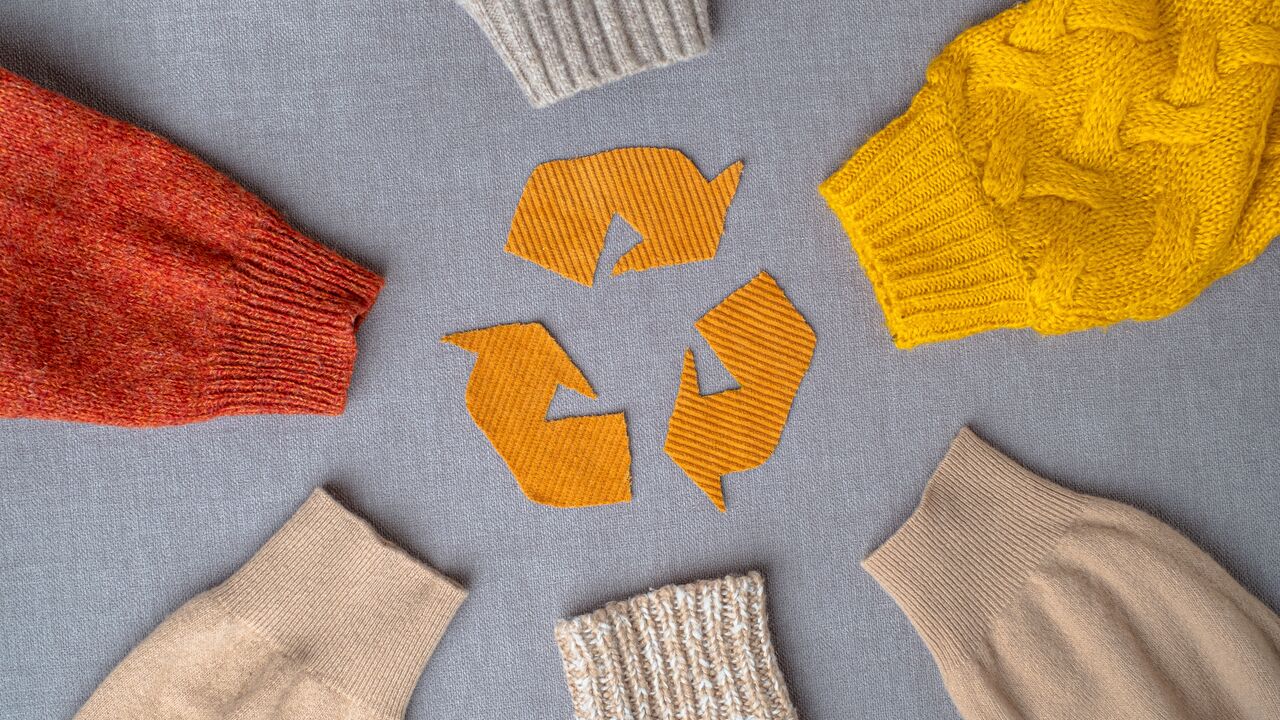
The fashion industry, known for its significant environmental footprint, is embracing recycled materials to create sustainable clothing and accessories. Brands are using recycled polyester made from plastic bottles, regenerated nylon from discarded fishing nets, and even fabric scraps to produce stylish and eco-friendly garments. Companies like Patagonia and Adidas are leading the charge, demonstrating that recycled fashion can be both fashionable and sustainable.
2. Furniture and Home Decor

Recycled materials are also making their way into furniture and home decor. Designers are using reclaimed wood, metal, and glass to create unique and environmentally friendly pieces. For instance, companies like IKEA have introduced products made from recycled wood and plastic, offering consumers sustainable options without compromising on style or quality.
3. Building Materials
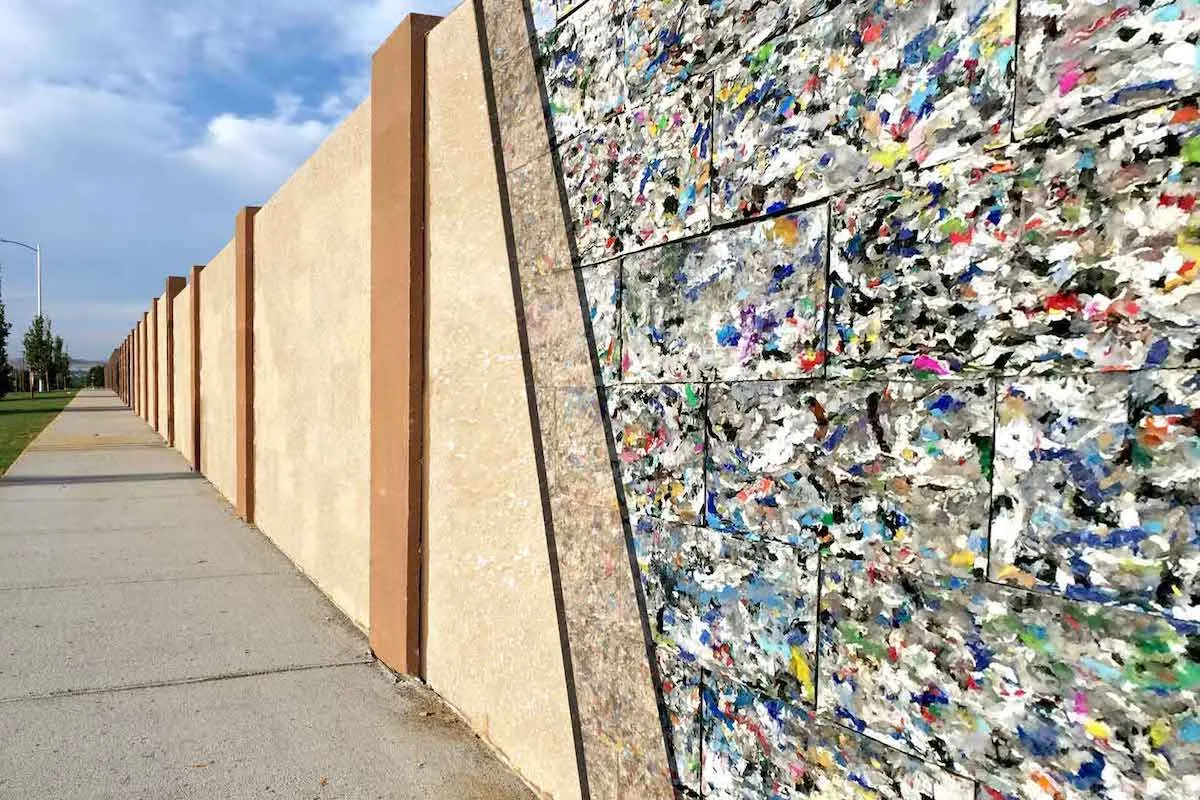
The construction industry is another sector benefiting from recycled materials. Recycled concrete, asphalt, and steel are increasingly being used in building projects, reducing the demand for virgin materials and lowering the environmental impact of construction. Innovative products like eco-bricks made from plastic waste and green insulation materials are also gaining popularity.
4. Consumer Goods
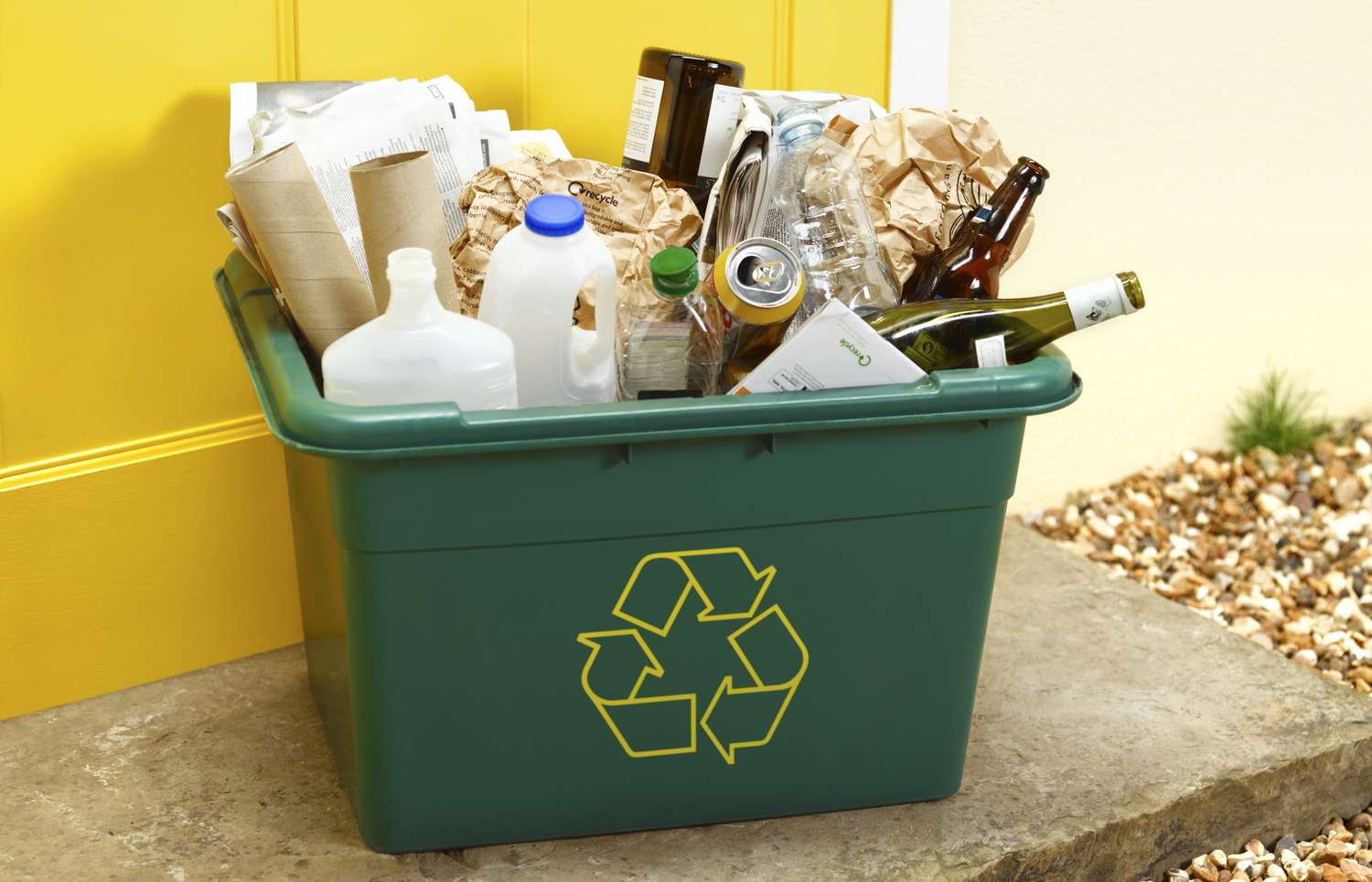
From recycled paper products to electronics, consumer goods made from recycled materials are becoming more common. Companies are developing innovative products like biodegradable phone cases, recycled aluminum water bottles, and eco-friendly cleaning products. These products not only help reduce waste but also promote a sustainable lifestyle.
The Impact of Recycled Products
The rise of recycled products has a profound impact on the environment and society. Here are some key benefits:
1. Resource Conservation

Recycling reduces the need for extracting and processing raw materials, conserving natural resources like water, minerals, and timber. For example, recycling one ton of paper saves approximately 17 trees and 7,000 gallons of water.
2. Energy Savings

Producing goods from recycled materials typically requires less energy compared to manufacturing from virgin materials. For instance, recycling aluminum saves up to 95% of the energy needed to produce new aluminum from bauxite ore.
3. Reduction of Greenhouse Gas Emissions
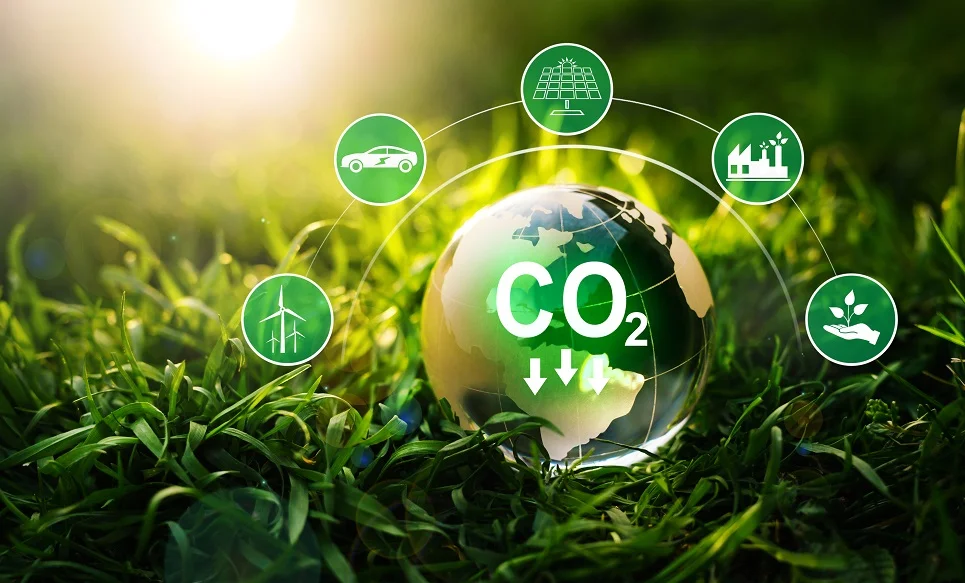
Recycling helps reduce greenhouse gas emissions by lowering the energy consumption associated with manufacturing processes. For example, recycling plastic can reduce carbon dioxide emissions by up to 30%.
4. Waste Reduction
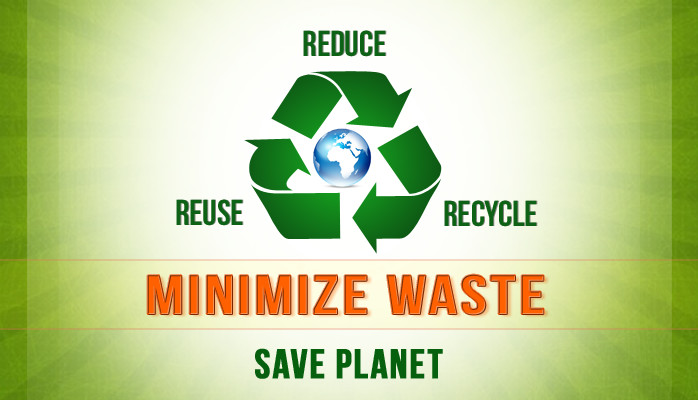
By diverting waste from landfills and incinerators, recycling helps reduce the volume of waste that needs to be managed. This, in turn, reduces the environmental impacts of waste disposal, such as soil and water contamination.
5. Economic Benefits
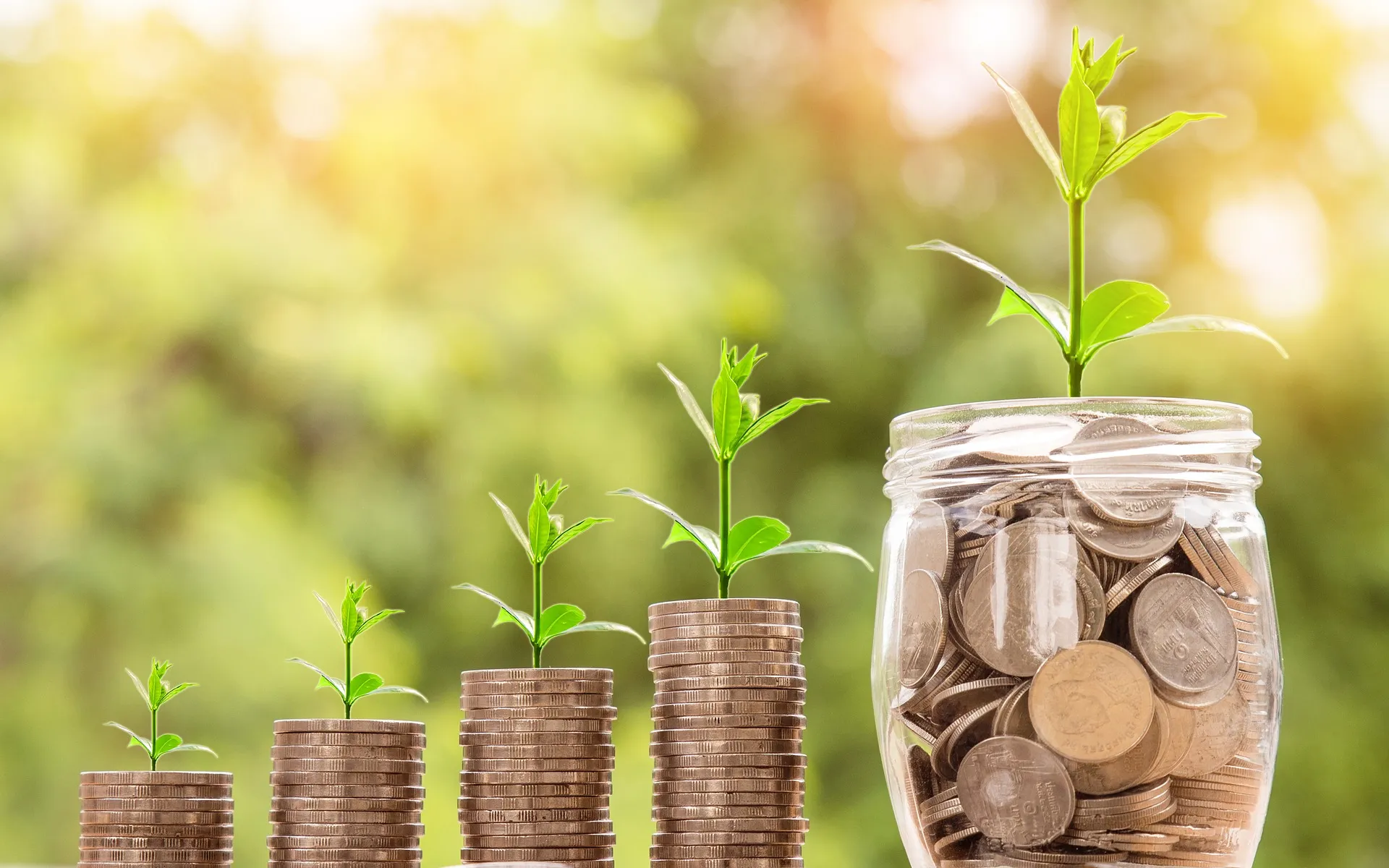
The recycling industry creates jobs and stimulates economic growth. According to the Institute of Scrap Recycling Industries (ISRI), the U.S. recycling industry alone supports over 500,000 jobs and generates nearly $110 billion in economic activity annually.
Challenges and Opportunities
Despite the numerous benefits, the recycling industry faces several challenges. Contamination of recyclable materials, fluctuating market prices for recyclables, and inadequate recycling infrastructure are some of the obstacles that need to be addressed. Public awareness and education about proper recycling practices are also crucial to improving recycling rates.
However, these challenges also present opportunities for innovation and growth. Advances in recycling technologies, such as chemical recycling and artificial intelligence for sorting recyclables, hold promise for improving the efficiency and effectiveness of recycling processes. Additionally, policies and regulations that promote recycling and the use of recycled materials can drive further progress in this field.
The Role of Consumers
Consumers play a vital role in the success of the recycling movement. By making conscious choices to purchase products made from recycled materials, properly sorting recyclables, and supporting recycling initiatives, individuals can contribute to a more sustainable future. The demand for recycled products can drive companies to innovate and invest in sustainable practices, creating a positive feedback loop that benefits the environment and society.
Conclusion
The rise of recycled products is a testament to human ingenuity and our collective commitment to sustainability. By transforming trash into treasure, we can reduce our environmental footprint, conserve resources, and build a more sustainable future. As consumers, businesses, and governments continue to embrace recycling and support the development of innovative recycled products, we can turn the tide on waste and create a cleaner, greener world for generations to come.


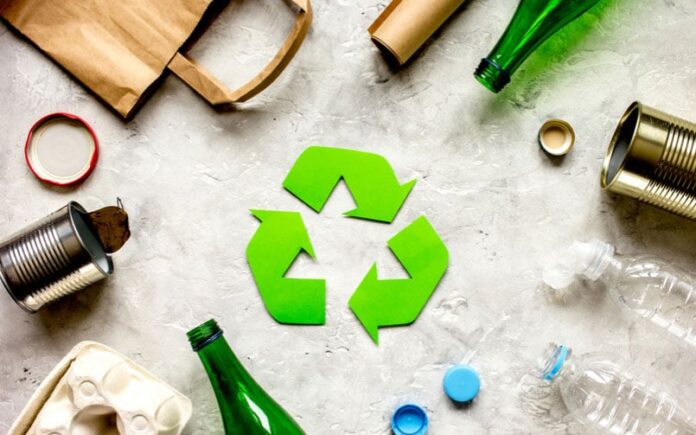

I loved as much as you will receive carried out right here The sketch is attractive your authored material stylish nonetheless you command get got an impatience over that you wish be delivering the following unwell unquestionably come more formerly again since exactly the same nearly a lot often inside case you shield this hike